Gem Profile- Aventurine
The often sparkly light through dark green quartz that has been used to create ornamental objects for thousands of years, is what we call green aventurine. Similar to quartzite, but not really a chalcedony, aventurine is a granular quartz rock that is usually available in shades of green; but did you know that it is also found naturally in shades of brownish-red, tangerine-red through peachy orange, cream, white, gray and even blue?
Green aventurine owes its color to inclusions of green mica (fuchsite), colored by the presence of chromium. Hematite or goethite colored mica, and/or scales of iron oxide is responsible for the reddish and orange tones aventurine can have, while hues of blue come from the mineral dumortierite. The metallic iridescence that is associated with aventurine of any color is due to the platelets or flakes of the included mica and/or minerals. This effect has been named "aventurescence". Shades of coral, orange, yellow and peach feldspars in the past, were also called aventurine as in 'feldspar aventurine', however these are now better classified as sunstone.
Pictured: A selection of aventurine cabochons; notice the color variation and a carved aventurine perfume bottle really shows the variation of color and the inclusions of fuchsite well. Private collection, Dale Armstrong.
Pictured: A selection of aventurine cabochons; notice the color variation and a carved aventurine perfume bottle really shows the variation of color and the inclusions of fuchsite well. Private collection, Dale Armstrong.
The origin of the name aventurine is very interesting. In the early 1700s, a glass-making family in Italy may have made a mistake one day and dropped some metallic crystals into a batch of glass, which resulted in a beautiful product that looked like stars from the heavens had been trapped inside the glass. They named the glass "a ventura", which means "by chance." That special glass is what we now know as goldstone! Because our subject rock resembled this glass, it was named aventurine.
Pictured: Aventurine heart wrapped in sterling silver by Jackie Morris, using Dale's "Anything" Harness and Joan Madouse wire wrapped aventurine donuts and aventurine heart using copper, gold, & silver craft wire.
Pictured: Aventurine heart wrapped in sterling silver by Jackie Morris, using Dale's "Anything" Harness and Joan Madouse wire wrapped aventurine donuts and aventurine heart using copper, gold, & silver craft wire.


As a member of the macrocrystalline quartz family, aventurine has a hardness of 7 and can be semi-translucent to opaque; therefore this material is rarely faceted into gemstones. For centuries, lapidary use of aventurine for jewelry making has been in the form of cabochons and beads. A good example here would be India, who has always had an abundant source of green aventurine. In the past, it was popularly used in the creation of "beggar beads", as well as for all forms of ornamental statuary, monuments and cut columns and blocks for building. (Beggar beads could also be referred to as "prayer" beads due to the fact that the honorable profession of begging described one who was paid to pray for different people and/or causes.)
This pair of classic cabochon-style rings shows how bright aventurine can be, explaining how it could be mistaken for chrysoprase.
This pair of classic cabochon-style rings shows how bright aventurine can be, explaining how it could be mistaken for chrysoprase.

Besides India, green aventurine is also mined in Brazil, Austria, Russia, Tanzania, Africa, China and North America. While Spain, Chile, Australia and Russia has red aventurine as do Brazil and South Africa. Aventurine can be confused with jade, therefore the amazing quality of green aventurine from China is highly valued and has been called "Indian Jade." Other normal look-a-likes include amazonite and feldspar; and rare occurrences of transparent, bright green aventurine has been mislabeled as emerald or chrysoprase.
Pictured: Judy Copeland created this aventurine pendant by wire wrapping an aventurine cabochon and embellishing with pearls and a green aventurine cabochon wire wrapped by Janet Cozzens, our featured Wire Artist for March, in sterling silver, and antiqued.
Pictured: Judy Copeland created this aventurine pendant by wire wrapping an aventurine cabochon and embellishing with pearls and a green aventurine cabochon wire wrapped by Janet Cozzens, our featured Wire Artist for March, in sterling silver, and antiqued.


Aventurine can be used as an alternate anniversary stone for the 8th wedding celebration (the traditional stone being green tourmaline) as well as an alternate birthstone for those born in the month of August (peridot being the traditional choice). Metaphysical uses for typical green aventurine include: helping to balance one's male and female energies; developing ones pioneering spirit and to enhance one's creativity.
Deborah Collyar created this necklace with a lampwork glass pendant and beads; the green beads are amazonite and aventurine.
Deborah Collyar created this necklace with a lampwork glass pendant and beads; the green beads are amazonite and aventurine.

Resources
Print Resources:
Love is in the Earth by Melody, ISBN 0-9628190-3-4
The Peterson Field Guide to Rocks and Minerals by Frederick H. Pough, ISBN 0-395-24049-2
Simon & Schuster's Guide to Gems and Precious Stones by Curzio Cipriani and Alessandro Borelli, ISBN 0-671-60430-9
Internet Resources:
https://en.wikipedia.org
https://www.minerals.net/Image/22/43/Chalcedony.aspx
Print Resources:
Love is in the Earth by Melody, ISBN 0-9628190-3-4
The Peterson Field Guide to Rocks and Minerals by Frederick H. Pough, ISBN 0-395-24049-2
Simon & Schuster's Guide to Gems and Precious Stones by Curzio Cipriani and Alessandro Borelli, ISBN 0-671-60430-9
Internet Resources:
https://en.wikipedia.org
https://www.minerals.net/Image/22/43/Chalcedony.aspx
Materials

Wire

Beads

Cabochones
Tools

WireJewelry - Ultimate Wire-Pliers Jewelry Pliers with Case, Set of 5
G15-20
- G15-20
- Lesson Quantity: 1.00 pieces
- Purchase Quantity: 1.00 each
- Price: $170.72
- Gold Club Price: $128.04

Bench Tools
- Category: General Education
- Technique(s): General Education
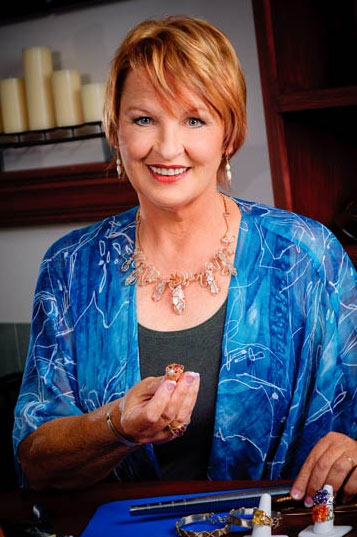






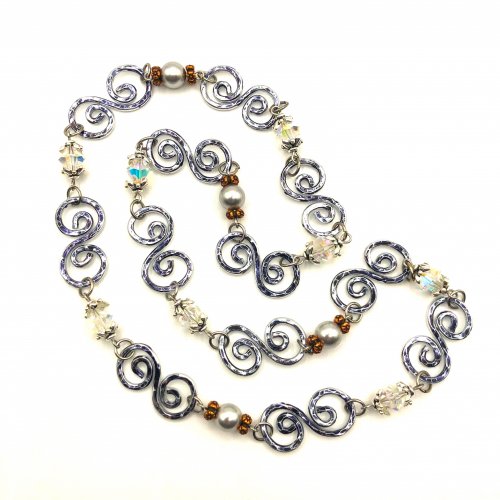
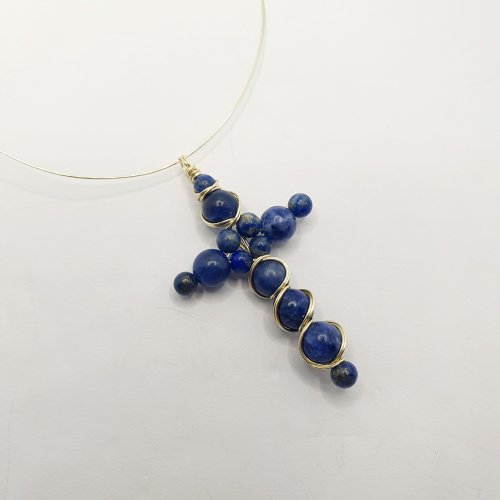
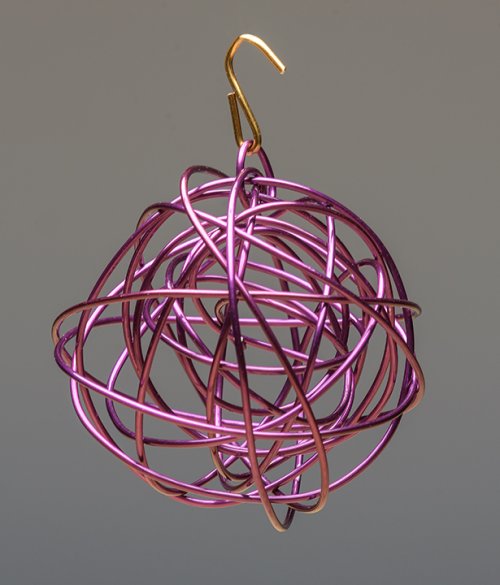



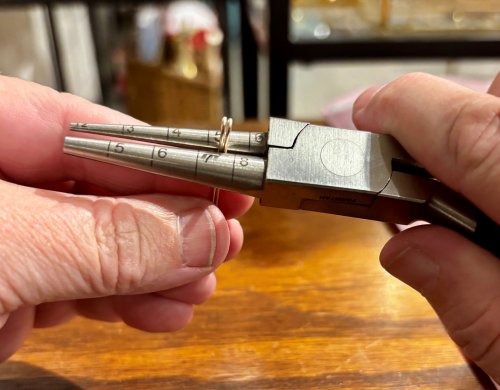
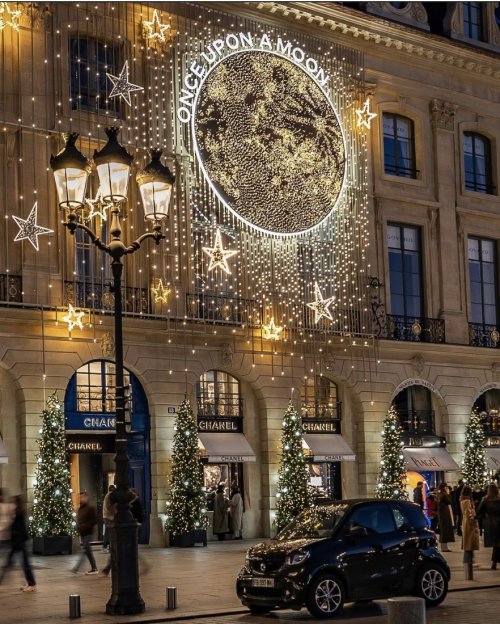

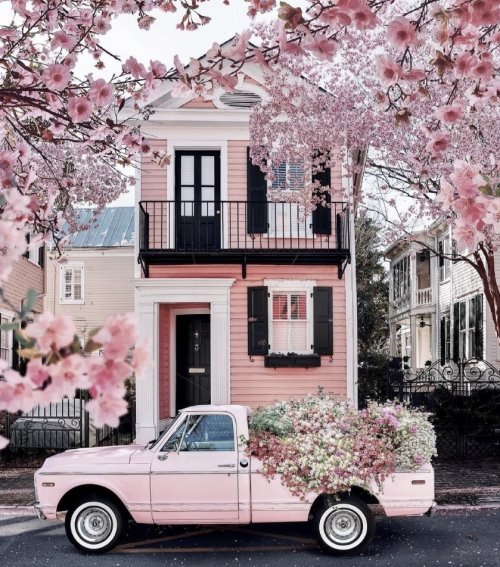

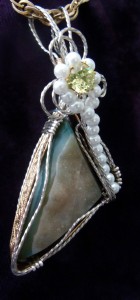

 Getting Twisted - Jewelry Making Tools
Getting Twisted - Jewelry Making Tools How to Price Your Wire Jewelry
How to Price Your Wire Jewelry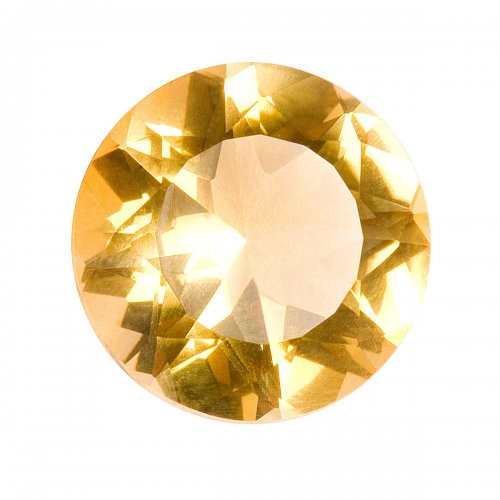 How to Measure Gemstones for Settings
How to Measure Gemstones for Settings Cool Anklets are HOT
Cool Anklets are HOT Inspiration Comes from Everywhere and Every Thing
Inspiration Comes from Everywhere and Every Thing Wire Jewelry Display and Booth Ideas
Wire Jewelry Display and Booth Ideas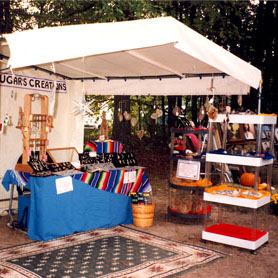 Where to Sell Your Wire Jewelry
Where to Sell Your Wire Jewelry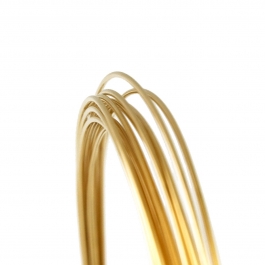 How to Choose Wire Temper for Making Jewelry
How to Choose Wire Temper for Making Jewelry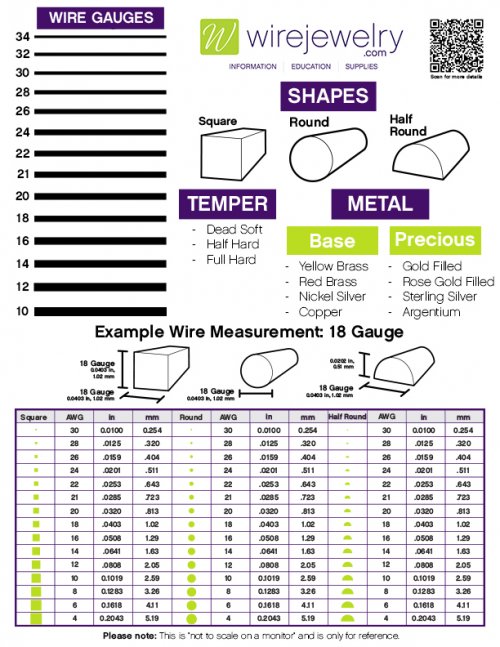 What Gauge of Wire Should I Use to Make Jewelry
What Gauge of Wire Should I Use to Make Jewelry What's a Cubic Zirconia Stone
What's a Cubic Zirconia Stone Rockhounding - A Beginner's Guide
Rockhounding - A Beginner's Guide What Shape of Wire Should I Use to Make Jewelry
What Shape of Wire Should I Use to Make Jewelry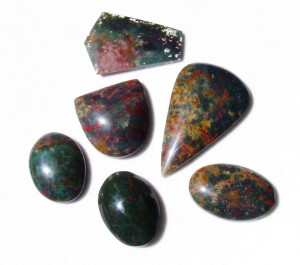 Gem Profile- Bloodstone
Gem Profile- Bloodstone Gem Profile- Picture Jasper
Gem Profile- Picture Jasper Gem Profile- Patterned Jaspers
Gem Profile- Patterned Jaspers Gem Profile- What is Jasper
Gem Profile- What is Jasper Gem Profile- Quartz Introduction
Gem Profile- Quartz Introduction Gem Profile- Wishful Turquoise
Gem Profile- Wishful Turquoise Gem Profile- Amethyst
Gem Profile- Amethyst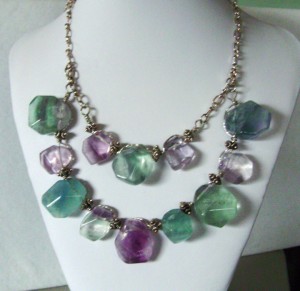 Gem Profile- Fluorite
Gem Profile- Fluorite Gem Profile- Obsidian
Gem Profile- Obsidian Gem Profile- Rose Quartz
Gem Profile- Rose Quartz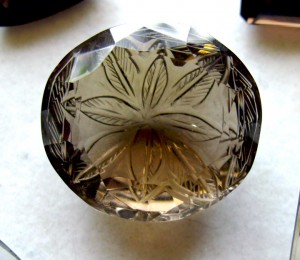 Gem Profile- Smoky Quartz
Gem Profile- Smoky Quartz Gem Profile- Citrine and Ametrine
Gem Profile- Citrine and Ametrine Gem Profile- Labradorite
Gem Profile- Labradorite Gem Profile- Rhodochrosite
Gem Profile- Rhodochrosite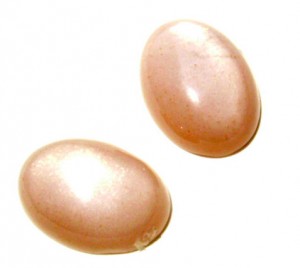 Gem Profile- Moonstone
Gem Profile- Moonstone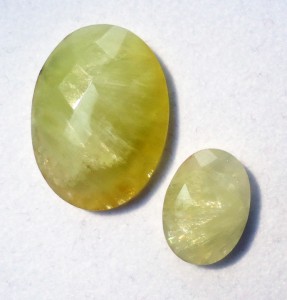 Gem Profile- Prehnite
Gem Profile- Prehnite Gem Profile- Jade
Gem Profile- Jade Gem Profile- Amazonite
Gem Profile- Amazonite Gem Profile- Corundum
Gem Profile- Corundum Gem Profile- Quartz with Inclusions Part 1
Gem Profile- Quartz with Inclusions Part 1 Gem Profile- Quartz with Inclusions Part 2
Gem Profile- Quartz with Inclusions Part 2 Gem Profile- Macrocrystalline Quartz
Gem Profile- Macrocrystalline Quartz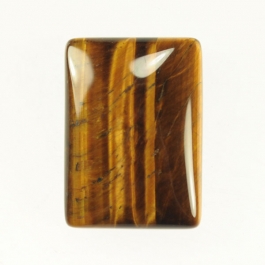 Gem Profile- Tiger Eye
Gem Profile- Tiger Eye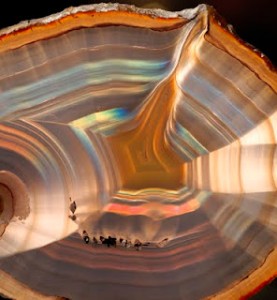 Gem Profile- Fire Agate and Iris Agate
Gem Profile- Fire Agate and Iris Agate Gem Profile- Amber
Gem Profile- Amber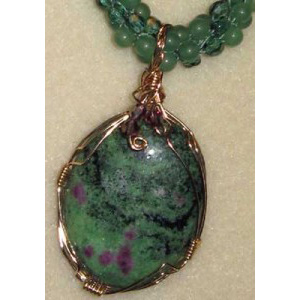 Gem Profile- Ruby Zoisite
Gem Profile- Ruby Zoisite Gem Profile- Ruby Fuchsite
Gem Profile- Ruby Fuchsite Gem Profile- Charoite
Gem Profile- Charoite Gem Profile- Moldavite
Gem Profile- Moldavite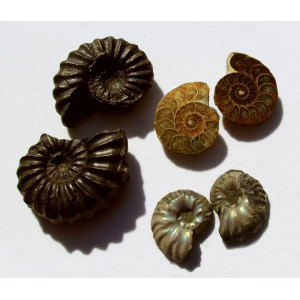 Gem Profile- Ammolite
Gem Profile- Ammolite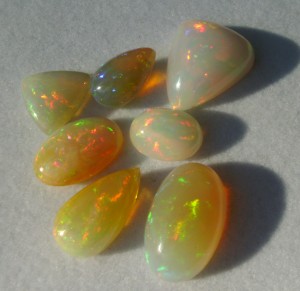 Gem Profile- White Precious Opal
Gem Profile- White Precious Opal Gem Profile- Opalized Fossils
Gem Profile- Opalized Fossils Gem Profile- Boulder Opal
Gem Profile- Boulder Opal Gem Profile- Black Precious Opal
Gem Profile- Black Precious Opal Gem Profile- Pyrite
Gem Profile- Pyrite Gem Profile- Opal Introduction
Gem Profile- Opal Introduction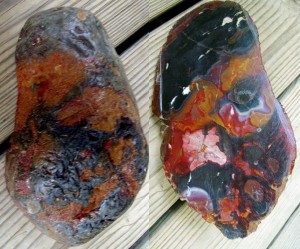 Gem Profile- Beautifully Colored Jasper
Gem Profile- Beautifully Colored Jasper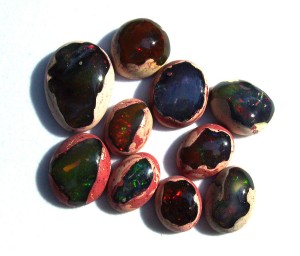 Gem Profile- Common Opal
Gem Profile- Common Opal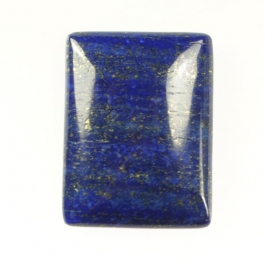 Gem Profile- Lapis Lazuli
Gem Profile- Lapis Lazuli Wire Sculpture Expert Dale -Cougar- Armstrong Interview
Wire Sculpture Expert Dale -Cougar- Armstrong Interview
